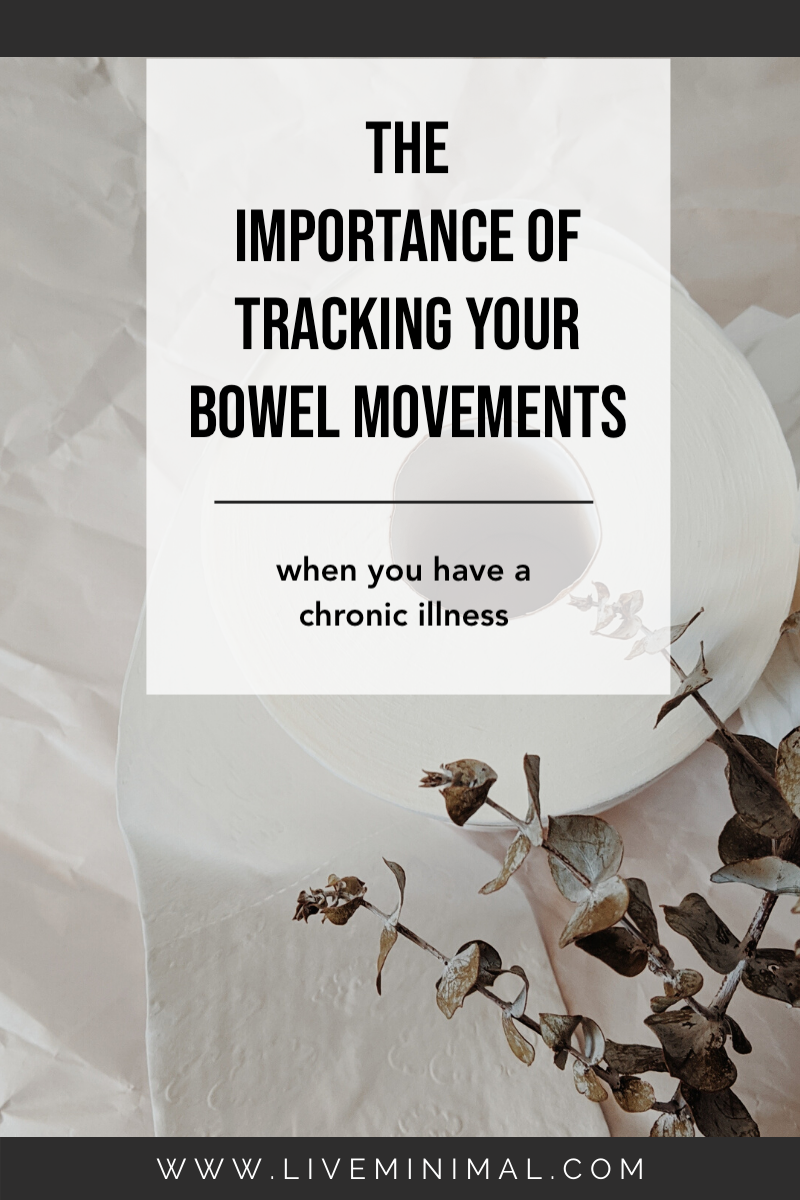One common symptom of chronic illness or dysautonomia involves having digestive problems. You may find yourself continually swinging between moments of rapid gastric emptying and delayed gastric emptying.
There are times where I’ve had to literally run to the bathroom and days where I’ve not been able to go to the toilet at all. A few weeks ago, I attended a meeting. Although the nature of the meeting wasn’t important, my body decided it wanted to act as though it was in the middle of a fight or flight moment. Before arriving, I had the usual dysautonomia symptoms: palpitations, sweating, presyncope and increased bowel movements.
After the meeting, I had terrible pain in my diaphragm and delayed gastric emptying. A week and a half later, I was unable to have a regular bowel movement. I experienced nausea and pain when eating, and my stomach was uncomfortably bloated, which caused a lot of back pain. In the past, the only thing that I have been able to do to relieve my symptoms, is to move to a mashed or liquid diet. This helps ease the pressure on my digestive system, and passing stools becomes a little easier.
I visited the doctor to discuss my issues, and he enquired about my toilet habits. When did these symptoms start occurring? When was the last time you had a bowel movement? How frequent are your bowel movements? Can you describe the shape and texture of your stool over the previous weeks?
I didn’t know where to start. I gave brief descriptions. It began with rapid emptying for a day. Now I have difficulty pushing. My stool is tiny and the size of pebbles. I’m not sure when I went last…maybe two or three days ago. While the information was helpful, it wasn’t a comprehensive insight into my challenges. My doctor wasn’t able to offer any advice, other than telling me to increase my fibre and coming back if the pain persisted.
It was then that I decided to compile some data about my bowel health. The next time I experienced these issues, I would be prepared. I would be ready to bring in, exact information about my problems. Then my doctor would have the relevant information to offer guidance specific to my circumstances.
Here are reasons why you should consider tracking your bowel movements and what you information you should track.
What are healthy bowel habits?
Frequency
Everyone’s bowel habits differ. Some people may be able to have several movements a day, some people may only have a movement once a week. It’s essential to track your habits as early as possible so that you can identify your normal.
Shape & Texture
According to the Bristol Stool Chart, there are seven types of stools. More information on the seven categories can be found here. The ideal shape and texture of your stools should be Type 3 or Type 4. Monitoring the shape and texture of your stools can help you determine whether you are experiencing diarrhoea or constipation.
Other key factors
Signs of a healthy bowel also include the ability to hold on for a short period after initially feeling the urge to go to the bathroom, passing a stool without pain (not pushing too hard) within about a few minutes of sitting down on the toilet and being able to completely empty your bowel.
What information should you track?
1. Track symptoms before and after bowel movements.
This may be a bit TMI (if it’s not already!) but during moments of delayed gastric emptying, attempting to have bowel movements can cause a lot of symptoms. This may include bloating, stomach cramps and/or nausea. During a bowel movement, one symptom you may experience if you have dysautonomia is seeing stars and syncopal episodes when pushing too hard. Afterwards, you may experience dizziness, breathlessness or lower blood pressure.
These symptoms may be entirely different when you are rapid dumping. Beforehand you may experience chills, flushing, stomach cramping, increased heart rate or tremors. During the bowel movement, you may notice the colour becoming green (which may mean that the food is moving too quickly through your body), sweating and shaking. The next time you eat, you can immediately feel your stomach-churning, and you will need to go again.
Noting down your symptoms can help your doctor identify potential causes behind bowel issues. It can also help them decide whether or not you need to be seen by a specialist.
2. Track the frequency of bowel movements & possible triggers.
Track the days that you have a bowel movement and the daily number of bowel movements. Are there any reasons why the frequency of movements has increased/decreased? It might be because you have eaten something your stomach doesn’t agree with, stressful events, menstruation, chronic illness flares etc. Note any possible causes down. Start to identify potential triggers and bring these up with your doctor. By noting the dates, the total number of daily movements and possible causes, I can test out interventions. Interventions help me examine what can be done to reduce rapid/delayed gastric emptying the next time an episode takes place.
3. Make notes about distinct bowel movements.
If something seems different about your bowel movements, take note of this. Differences may include periods of rapid dumping, the colour/shape/size/texture of your stools and/or the difficulty/ease of the movement. According to the Bristol Stool Chart mentioned above, if your stool resembles type 1 or 2, you may be constipated. If your stool looks like types 5, 6, and 7, you may have diarrhoea.
What I noticed when tracking my bowel movements.
I noticed trends that I was able to bring up with my doctor. These included –
- Rapid dumping during times of stress (anything going in, comes straight out).
- Increased bowel movements a few days before menstruation.
- Significantly decreased bowel movements after a period of rapid dumping.
- Decreased bowel movements when eating processed foods. For me, processed foods lead to extreme bloating, stomach cramping and difficulty having a bowel movement.
- Decreased bowel movements two weeks before menstruation (during ovulation).
How has this information helped me?
- This information has helped me prevent constipation before it occurs. By tracking the symptoms that lead up to constipation, I can implement an intervention before my bloating become severe. This may mean extra hydration or making dietary changes as soon as my stool moves from type 3 into type 2.
- My doctor is looking into other possible causes for my digestive issues including gastroparesis/colitis. I now have data to show him and future specialists. I can be completely precise on frequency, symptoms before and after movements, as well as the periods when my bowel movements are not healthy.
Digestive health is essential, especially when you have a chronic illness. Tracking your bowel movements can help your doctor measure the time it takes for food to pass through your body and leave as waste. Analysing the shape, size and characteristics of your stool may also help them identify a possible digestive problem.
Are you are looking for a way to track your bowel habits? Here are two easy ways to help you get started. I use the bowel movement tracker to monitor my daily frequency and to make notes of any distinct shapes/textures. Along with this, I use the symptom tracker to note any symptoms before and after bowel movements. Print out a tracker and write ‘before bowel movements’ or ‘after bowel movements’ at the top, so that you can track separate symptoms for both occasions. This data gives your doctor a greater picture of your toilet habits and what is considered healthy/unhealthy to your circumstances.
I hope the following has encouraged you to track your bowel movements! If you’re already doing this, how are you tracking your bowel movements? I’d love to hear your tips below.





